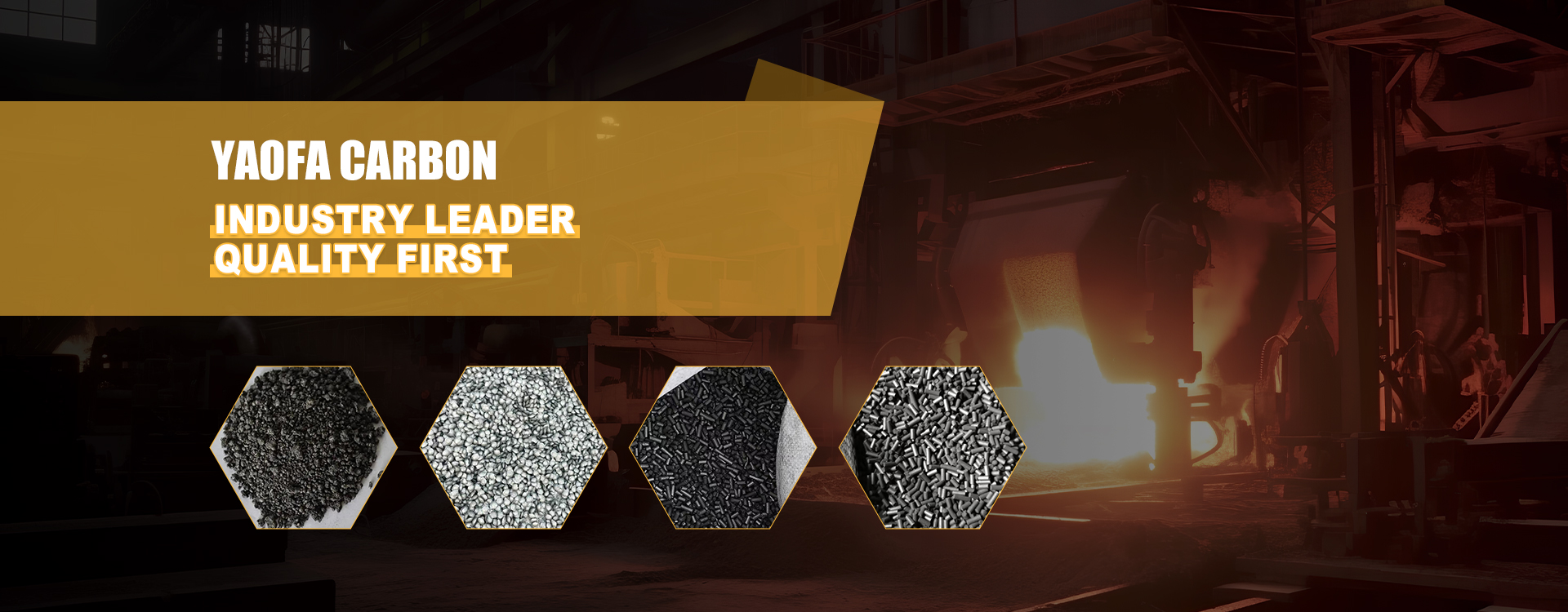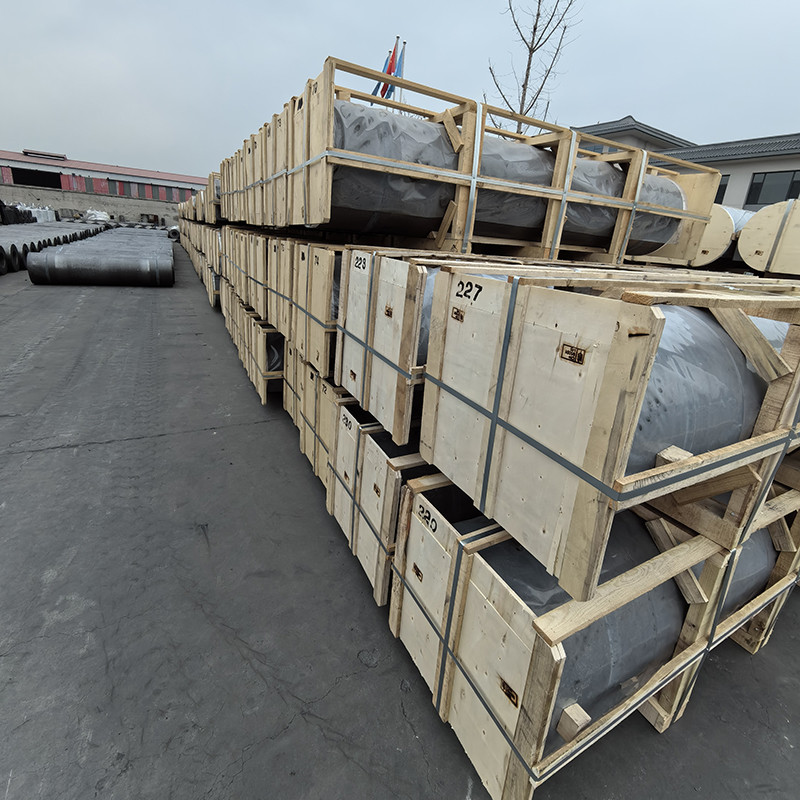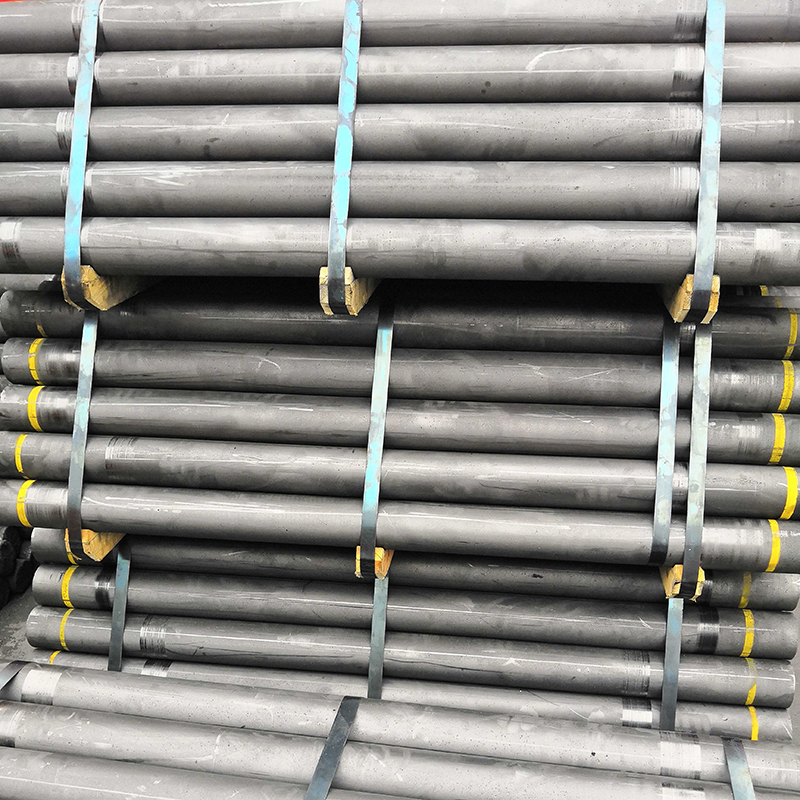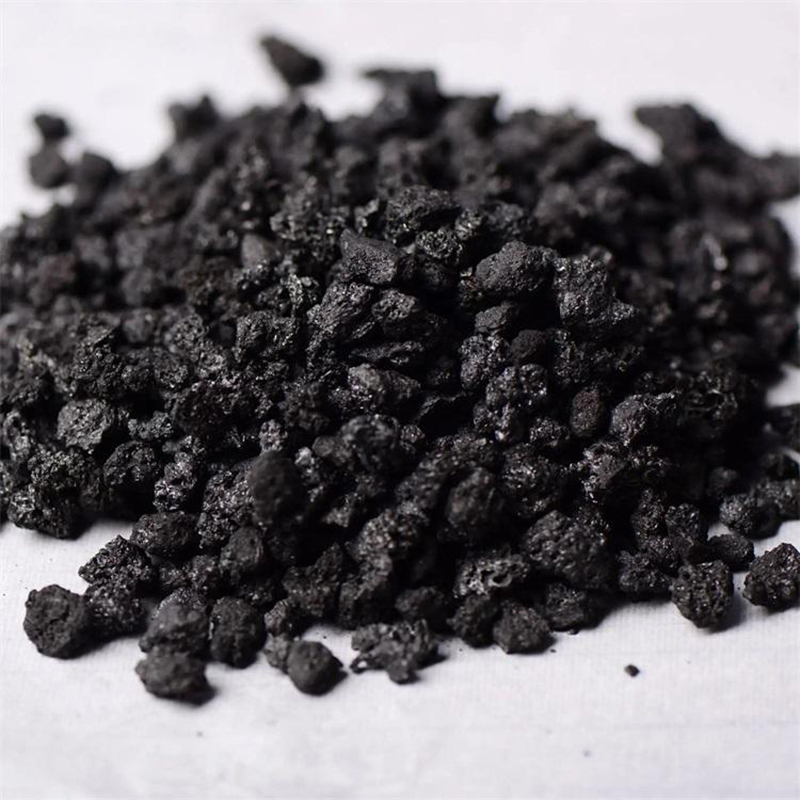- Chinese
- French
- German
- Portuguese
- Spanish
- Russian
- Japanese
- Korean
- Arabic
- Irish
- Greek
- Turkish
- Italian
- Danish
- Romanian
- Indonesian
- Czech
- Afrikaans
- Swedish
- Polish
- Basque
- Catalan
- Esperanto
- Hindi
- Lao
- Albanian
- Amharic
- Armenian
- Azerbaijani
- Belarusian
- Bengali
- Bosnian
- Bulgarian
- Cebuano
- Chichewa
- Corsican
- Croatian
- Dutch
- Estonian
- Filipino
- Finnish
- Frisian
- Galician
- Georgian
- Gujarati
- Haitian
- Hausa
- Hawaiian
- Hebrew
- Hmong
- Hungarian
- Icelandic
- Igbo
- Javanese
- Kannada
- Kazakh
- Khmer
- Kurdish
- Kyrgyz
- Latin
- Latvian
- Lithuanian
- Luxembou..
- Macedonian
- Malagasy
- Malay
- Malayalam
- Maltese
- Maori
- Marathi
- Mongolian
- Burmese
- Nepali
- Norwegian
- Pashto
- Persian
- Punjabi
- Serbian
- Sesotho
- Sinhala
- Slovak
- Slovenian
- Somali
- Samoan
- Scots Gaelic
- Shona
- Sindhi
- Sundanese
- Swahili
- Tajik
- Tamil
- Telugu
- Thai
- Ukrainian
- Urdu
- Uzbek
- Vietnamese
- Welsh
- Xhosa
- Yiddish
- Yoruba
- Zulu
- Kinyarwanda
- Tatar
- Oriya
- Turkmen
- Uyghur

graphite electrodes electric arc furnace Manufacturer
Decoding Graphite Electrodes in Electric Arc Furnaces
In the ever-evolving field of steel production, the role of graphite electrodes in electric arc furnaces (EAF) is critical yet often misunderstood. Despite being a staple in the industry, many overlook the subtleties involved in their manufacture and application. Here’s an insider look into the world of graphite electrode production, particularly through the lens of a seasoned manufacturer.
Understanding the Core Function
The primary function of graphite electrodes within an EAF setup revolves around conducting electricity into the furnace, which facilitates the creation of heat necessary for melting scrap metal. This is a key process for producing steel, and the efficiency of this process hinges significantly on the quality of the graphite electrodes used.
There's often a misconception that all graphite electrodes perform equally. Despite standardized grades like UHP, HP, and RP, the nuances in materials and manufacturing methods can drastically impact performance. Companies like Hebei Yaofa Carbon Co., Ltd. invest heavily in refining these processes, benefiting from over two decades of experience in optimizing their carbon materials.
It’s not just about choosing the right grade—understanding the specifics of electrode wear and tear, resistance levels, and thermal expansion rates all play a role. Hebei Yaofa Carbon Co., Ltd., for example, emphasizes rigorous testing to ensure their products withstand the demanding environments of EAFs.
The Manufacturing Insights
The journey from raw material to finished graphite electrode involves multiple intricate steps. An initial observation: quality begins before the raw materials even enter the factory. The purity of the carbon source can make or break the final product's conductivity and durability.
One of the critical stages involves baking the formed electrode at temperatures reaching nearly 1,000 degrees Celsius. This step, known as calcination, drives out impurities and strengthens the structure. Following this, the carbon undergoes heat treatment in a graphitization process—subjecting it to over 3,000 degrees Celsius. These temperature stages are vital for achieving the electrical resistance levels required in high-performing electrodes.
Yet, even after perfecting the bake, the real skill lies in machining the rods to precise dimensions. At Hebei Yaofa Carbon, attention to detail during this phase translates to electrodes that not only conduct electricity effectively but also fit seamlessly into various EAF designs.
Overcoming Production Challenges
No manufacturing process is without its setbacks. In electrode production, cracking and breakage during the various stages of heat treatment are common issues. Handling these challenges requires both experience and a willingness to adapt techniques and technologies.
In my own practice, I’ve observed that the difference between a successful and faulty batch often boils down to the quality controls in place. Each phase, from raw material assessment to finished product examination, must be propagated with a robust inspection protocol to prevent defects.
Proper storage post-production also plays a role—a detail many overlook. Graphite electrodes are sensitive to moisture, and any exposure can lead to performance degradation when in use. Industry leaders like Hebei Yaofa prioritize controlled environments to minimize this risk.
Looking to the Future
As technologies progress, there's an emerging focus on more sustainable and efficient production methods. The use of artificial intelligence in quality control and process optimization is being explored. Although still in early stages, AI holds promise for minimizing wastage and refining the consistency of electrode production.
Similarly, environmentally conscious approaches, such as recycling carbon scrap back into the production cycle, are gaining traction. These advancements not only aim to reduce waste but also promise cost reductions for manufacturers and lower prices for customers in the long run.
Hebei Yaofa Carbon Co., Ltd. is one such entity exploring these modern advancements. Leveraging their extensive expertise, they are at the forefront of implementing these innovative strategies, ensuring their position as a key player in the industry.
The Personal Takeaway
Much of understanding graphite electrodes boils down to appreciating the finite details in their creation and application. Even with extensive experience, I often find myself returning to the foundational aspects—reassessing grain size distributions, revisiting graphitization metrics.
Collaboration and knowledge sharing appear vital. Engaging with others in the industry, gaining insights from companies with profound histories like Hebei Yaofa, and remaining open to technological shifts are what drive progress.
For anyone delving into this field, never underestimate the impact of continuous learning and adaptation. The graphite electrode sector may seem established, but it’s the subtle shifts and transformations that ensure ongoing success and innovation.
Related products
Related products
Best selling products
Best selling productsRelated search
Related search- carbon graphite electrode factory
- coal tar 4
- Buy small graphite crucible
- graphite used as electrode supplier
- commercial outdoor digital signage displays
- Buy graphite crucibles suppliers
- graphite electrodes electric arc furnace
- Buy clay graphite crucible
- electrodes en graphite Manufacturer
- graphite disc electrode supplier













